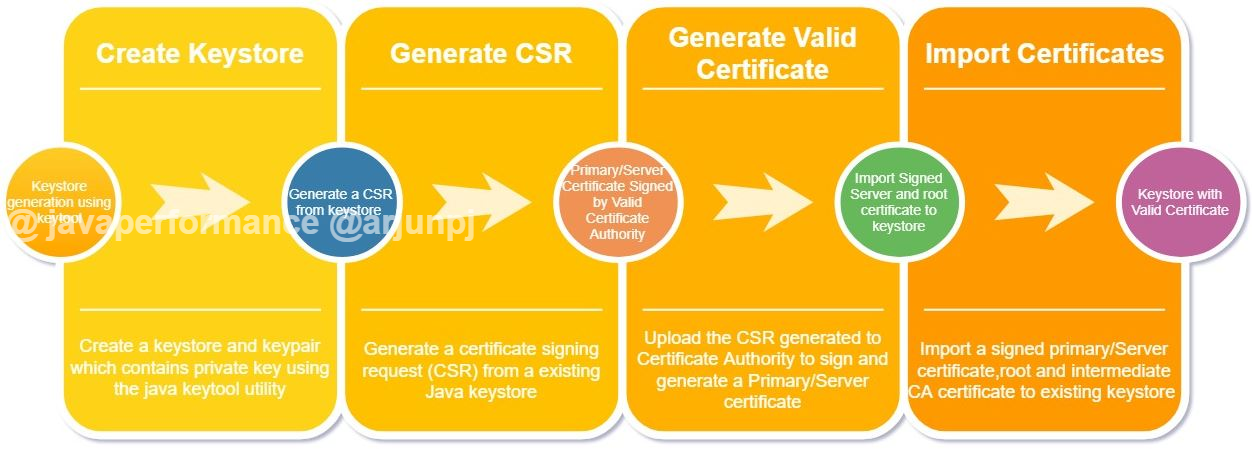Generate Csr And Private Key Windows 10
Nov 02, 2013 A Certificate Signing request (CSR) is a chunk of text which is encrypted and generated on the server that the certificate will be used on. Also See: Part 1: SSL Certificate - Where, how and which. 2 days ago Generate a Certificate Signing Request (CSR) and Private Key Using the Sterling Certificate Wizard About this task To generate a CSR using the Sterling Certificate Wizard: Procedure 1. On Windows type systems like Microsoft Server 2016 Here is a complete guide on how to Generate CSR and Private keys on your Windows IIS 7 or IIS 8 servers. Generate CSR & private key. In MMC, expand Certificates (Local Computer) and then Personal. Right-click Certificates, and then go to the following menus: All Tasks Advanced Operations Create Custom Request. Click Active Directory Enrollment Policy. From Template, click Web Server. Ensure the Request format is PKCS #10, and then click Next.
The following instructions will guide you through the CSR generation process on Nginx (OpenSSL). To learn more about CSRs and the importance of your private key, reference our Overview of Certificate Signing Request article. If you already generated the CSR and received your trusted SSL certificate, reference our SSL Installation Instructions and disregard the steps below.
Open a terminal and browse to a folder where you would like to generate your keypair. Windows Users: Navigate to your OpenSSL 'bin' directory and open a command prompt in the same location. Generate a CSR & Private Key: openssl req -out CSR.csr -new -newkey rsa:2048 -keyout privatekey.key. In most of the cases, if you are unable to export the certificate as a PFX (including the private key) is because MMC/IIS cannot find/don't have access to the private key (used to generate the CSR). These are the steps I followed to fix this issue: Run MMC as Admin Generate the CSR using MMC. Generate CSR & private key. In MMC, expand Certificates (Local Computer) and then Personal. Right-click Certificates, and then go to the following menus: All Tasks Advanced Operations Create Custom Request. Click Active Directory Enrollment Policy. From Template, click Web Server. Ensure the Request format is PKCS #10, and then.
1. Log in to your server’s terminal.
You will want to log in via Secure Shell (SSH).
2. Enter CSR and Private Key command
Generate a private key and CSR by running the following command:

Here is the plain text version to copy and paste into your terminal:
Note:Replace “server ” with the domain name you intend to secure.
3. Enter your CSR details
Enter the following CSR details when prompted:
- Common Name: The FQDN (fully-qualified domain name) you want to secure with the certificate such as www.google.com, secure.website.org, *.domain.net, etc.
- Organization: The full legal name of your organization including the corporate identifier.
- Organization Unit (OU): Your department such as ‘Information Technology’ or ‘Website Security.’
- City or Locality: The locality or city where your organization is legally incorporated. Do not abbreviate.
- State or Province: The state or province where your organization is legally incorporated. Do not abbreviate.
- Country: The official two-letter country code (i.e. US, CH) where your organization is legally incorporated.
Note: You are not required to enter a password or passphrase. This optional field is for applying additional security to your key pair.
4. Generate the order
Locate and open the newly created CSR in a text editor such as Notepad and copy all the text including:
Note 1: Your CSR should be saved in the same user directory that you SSH into unless otherwise specified by you.
Note 2: We recommend saving or backing up your newly generate “.key ” file as this will be required later during the installation process.

Return to the Generation Form on our website and paste the entire CSR into the blank text box and continue with completing the generation process.
Upon generating your CSR, your order will enter the validation process with the issuing Certificate Authority (CA) and require the certificate requester to complete some form of validation depending on the certificate purchased. For information regarding the different levels of the validation process and how to satisfy the industry requirements, reference our validation articles.
After you complete the validation process and receive the trusted SSL Certificate from the issuing Certificate Authority (CA), proceed with the next step using our SSL Installation Instructions for Nginx using OpenSSL.